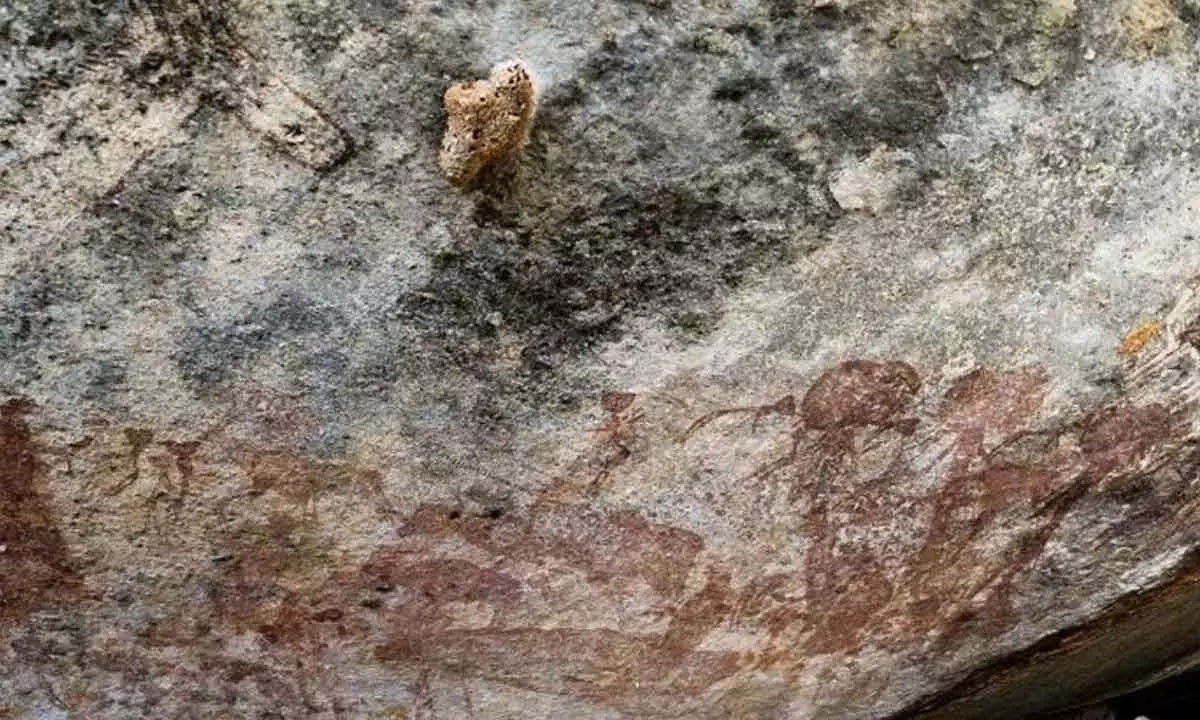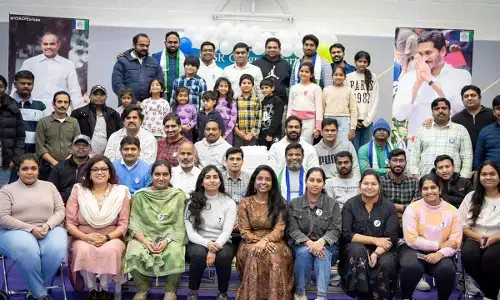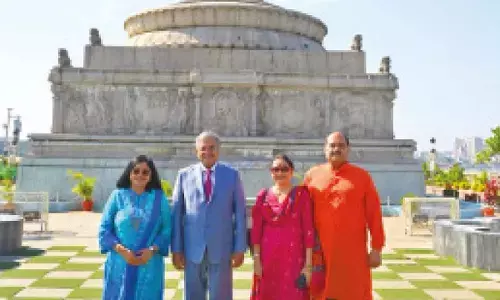Unsettling Giant-Headed Figures Discovered Painted In Tanzanian Rock Shelter

Unsettling Giant-Headed Figures Discovered
- It was known that the three enigmatic, humanoid creatures with incredibly large heads were among the frieze of figurative art that was intricately painted on the site, Amak'hee 4.
- It is likely that it dates to the time when the area's hunter-gatherer tribes were in existence.
In the Swaga Swaga Game Reserve in central Tanzania, archaeologists uncovered a startling finding in 2018 that includes 52 previously undiscovered rock shelters that had been purposefully decorated with rock art. All but a small number had been mostly destroyed by weather, but one of those that had survived was a complete mystery.
Among the previous finding, with more research and studies, it was known that the three enigmatic, humanoid creatures with incredibly large heads were among the frieze of figurative art that was intricately painted on the site, Amak'hee 4.
Archaeologist Maciej Grzelczyk of the Jagiellonian University in Poland claims that they could be a hint to identifying other, comparable trios of figures discovered in other rock art panels. Although Grzelczyk was able to estimate that the Amak'hee 4 panel is at likely a few hundred years old in 2021, dating it is challenging. With the exception of five white-painted figures, it is painted almost entirely in red pigment.
Because of the weathering on this pigment and the lack of domestic animals, it is likely that it dates to the time when the area's hunter-gatherer tribes were in existence.
The images may represent something different since the Sandawe people, who are descended from the people who once lived in the area, do not have motifs of people with buffalo heads or people who can transform into buffaloes. However, Grzelczyk points out that some Sandawe rites do involve buffalo horns in a significant way.
Whatever they might be, the unusual figures have been seen before. Two rock shelter paintings in particular, in the Kondoa region of central Tanzania, not far from Amak'hee 4, bore a striking resemblance to the trio. As three figures are shown standing together at Kolo B2 location. Three figures are shown in Kolo B1 lying on the ground but represented horizontally.
Similar figures with big heads may be seen at all three sites, while the Kolo figures wear what might be considered a headpiece thanks to their striped attire.
The figures are joined at their midpoints in all three locations. Additionally, the positions and angles of the hands and arms are the same for all three. However, archeologists are still working on more findings so that they can add more information on the previous findings.
















